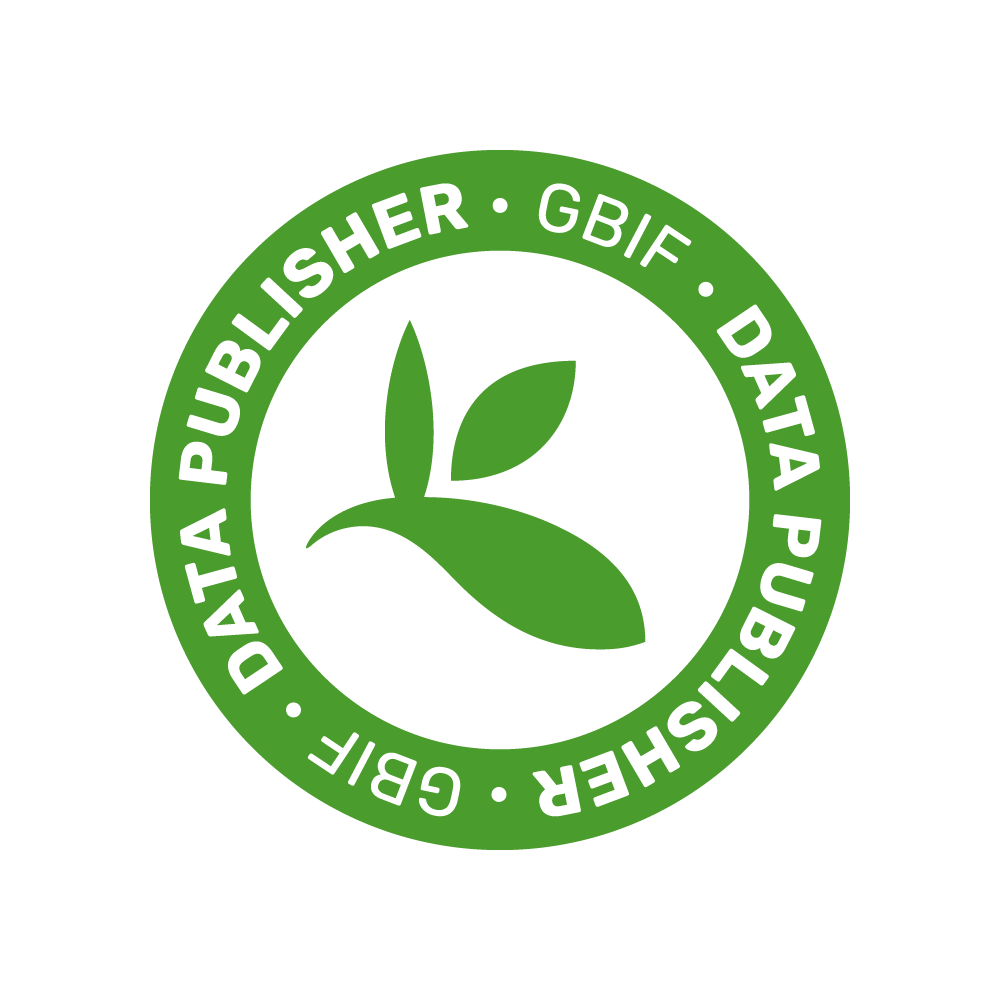|
Description
|
Right balance of microelements re present a serious challenge for nutrition and health care. Copper (Cu) is a vitally important nutrient required for processes as respiration, connective tissue biogenesis and neurotransmitter synthesis. However, in excess Cu represents a serious danger due to its ability to induce oxidative damage of cellular components. Anthropogenic activities resulted in the Cu contamination of the environment at levels exceeding the toxicity threshold. Thus, revealing mechanisms that either promote or counteract Cu toxicity is of great importance for human and animal health and for agrifood production. Recently, mitochondria emerged as a first target of Cu toxicity due to alteration of mitochondrial Red-Ox balance upon Cu overload. Wilson disease (WD) represents an excellent system for Cu toxicity studies considering that easy to- use C.elegans and cell models for WD are available. WD is caused by mutations in ATP7B pump effluxing excess Cu from hepatocytes into the bile. Loss of ATP7B leads to toxic Cu overload in liver and then in brain, causing fatal hepatic and neurologic abnormalities. Accumulating Cu hampers integrity of mitochondria, which release numerous pro-apoptotic factors, killing hepatocyte and causing liver failure in WD patients. Thus counteracting mitochondria-mediated death pathways is of particular importance in WD, but will also be a powerful biotechnological tool to counteract Cu toxicity induced by pollution in agrifood productions and constitutes the main objective of this joint proposal |




